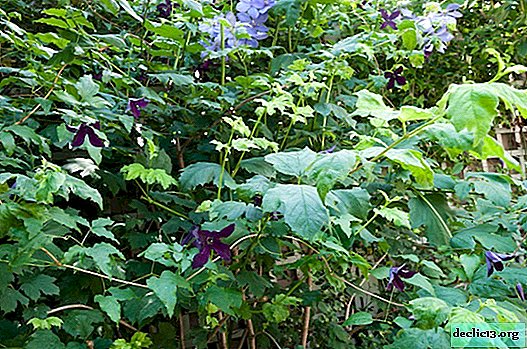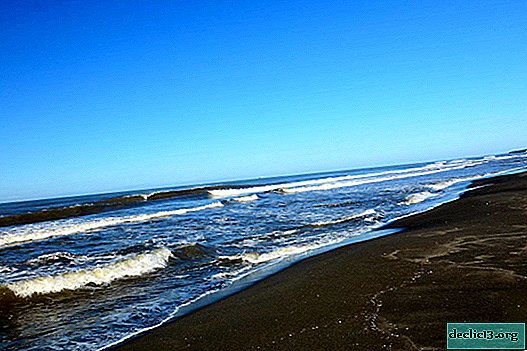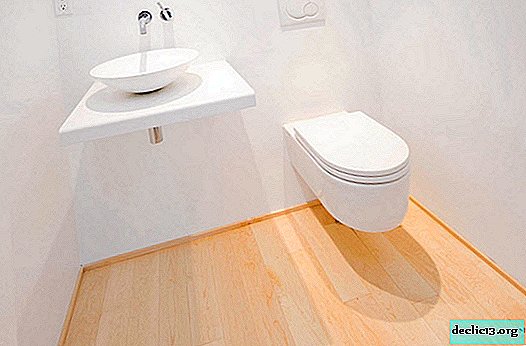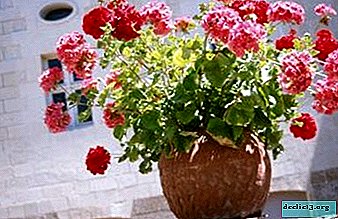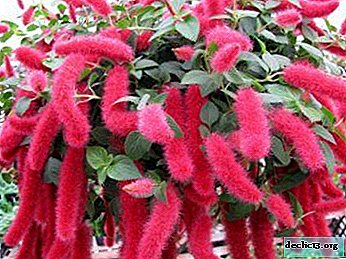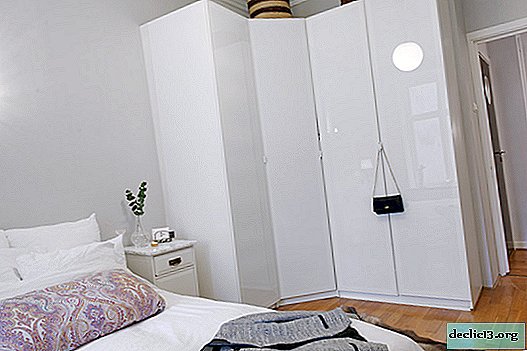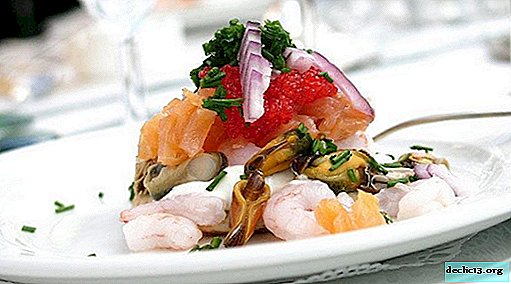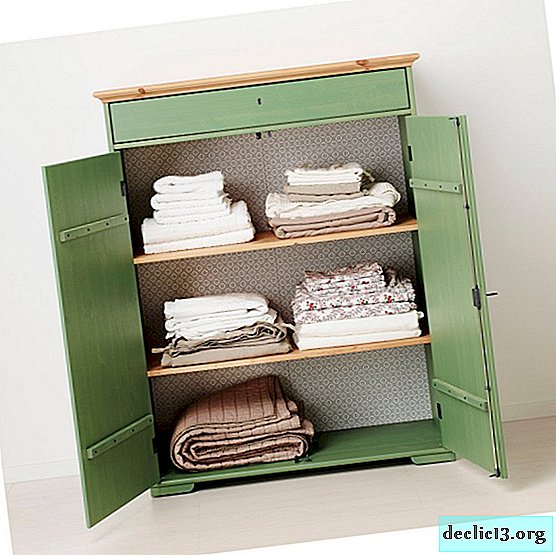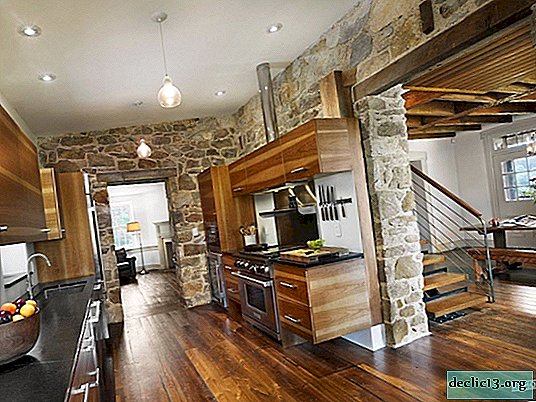Secrets and methods of propagation of echeveria
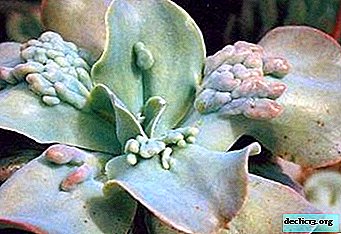 Echeveria belongs to the Tolstyankov family. The leaves of this succulent are dense, juicy and fleshy, form a rosette. Echeveria is characterized by high survivability.
Echeveria belongs to the Tolstyankov family. The leaves of this succulent are dense, juicy and fleshy, form a rosette. Echeveria is characterized by high survivability.
If you tear it out of the soil and throw it upside down, the plant will survive evenly. It turns the root to the ground, fixed in an amazing way, gets to its feet. And to propagate it at home is easy, even a beginner grower can cope with such a task.
What time of year to start?
It’s worth starting breeding in the spring or in the hot summer period, so that echeveria grows more intensively. But in winter you can plant a plant.
In winter, the plant roots better and adapts to temperatures.How to choose and prepare the land for planting?
A soil substrate of suitable composition can be obtained by mixing sand with humus or peat in a ratio of 3: 1 or 4: 1. You can use ordinary river sand without any additives.
Ways to Propagate at Home
Reproduction is performed in several ways: seeds, leafy cuttings, tops and rosettes.
Seeds
Seeds need to be sown at the end of winter in the soil (the proportion of sand and peat 1: 1). Be sure to cover the container with seeds with foil. The required temperature is 20-22 degrees. It is advisable to regularly spray and ventilate. After the seedlings have sprouted (about 2 weeks) they need to be transferred into pots with a mixture of earth and sand (2: 1).
The basic rules for propagating echeveria by seeds can be found here.
Leaf
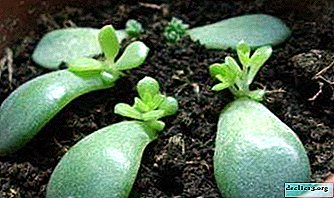 The sheet must be separated from the stem as a whole, otherwise it will rot and will not give children, since the kidneys of reproduction already exist at the base of the sheet.
The sheet must be separated from the stem as a whole, otherwise it will rot and will not give children, since the kidneys of reproduction already exist at the base of the sheet.- It is necessary to air dry from 3 to 30 days until the damaged tissue is dry.
- They are planted, laying on the surface of a moist, loose substrate. You can’t stick and bury the base.
- Leaflets must be put in a bright place.
- After 2-3 weeks, roots will appear, which over time will form a socket.
- A rosette forms its own roots.
Details on how to propagate echeveria leaves, read in our material.
Rosettes
Young rosettes appear in the axils of the leaves of the mother plants in the form of buds, which spread like a strawberry mustache.
- The daughter outlet must be separated from the adult plant and the cut treated with chopped charcoal.
- Dry for half a day.
- After this, it is required to place in large wet sand for rooting.
- After a while (about a month) it will give roots and begin to grow as an independent plant.
Tops
To get as many children as possible, you need to choose an echeveria, which begins to stretch. How to root a plant with the apex? A sharp object is required, which must be carefully cut off the crown of the plant, and it is desirable that the cut is at an acute angle.
Be sure to leave a few leaves. The top must be planted in the sand in order for the succulent to give roots.
How to put in open ground?
 Planting in open ground is possible, but it is necessary to plant only in well-warmed soil.
Planting in open ground is possible, but it is necessary to plant only in well-warmed soil.
The vegetative propagation method is more suitable for planting an echeveria.
The place should be lit, moistened and cleaned of weeds. It is necessary to ensure that other plants do not interfere with the echeveria to grow.
The distance between the processes must be selected large enough so as not to plant further. After landing in open ground, it is necessary to water.
Follow-up care
You can completely forget about the daily care of succulents, if you provide favorable soil conditions, put in a sunny place.
The plant does not need to be watered or fertilized. It is only necessary to weed and remove dead sockets.What to do if the plant does not take root?
Echeveria unpretentious plant. With proper care, it rarely gets sick and is affected by pests.
Due to irregularities in care, gardeners may encounter the following problems:
- Slowing down and fading leaves. The reason is the lack of moisture and nutrients. It is necessary to transplant the succulent into a larger container.
- Rosette leaves wrinkled. The reason is lack of water. It is necessary to transplant echeveria into a less hot place.
- Leaves and stems turn black; it is worth reducing the number of irrigations and raising the temperature in the room. Be sure to remove dead parts.
Echeveria have an unusual appearance and original inflorescences. Therefore, they are widely used to decorate the interior. They can be planted both singly and included in succulent compositions using stone.

 The sheet must be separated from the stem as a whole, otherwise it will rot and will not give children, since the kidneys of reproduction already exist at the base of the sheet.
The sheet must be separated from the stem as a whole, otherwise it will rot and will not give children, since the kidneys of reproduction already exist at the base of the sheet.